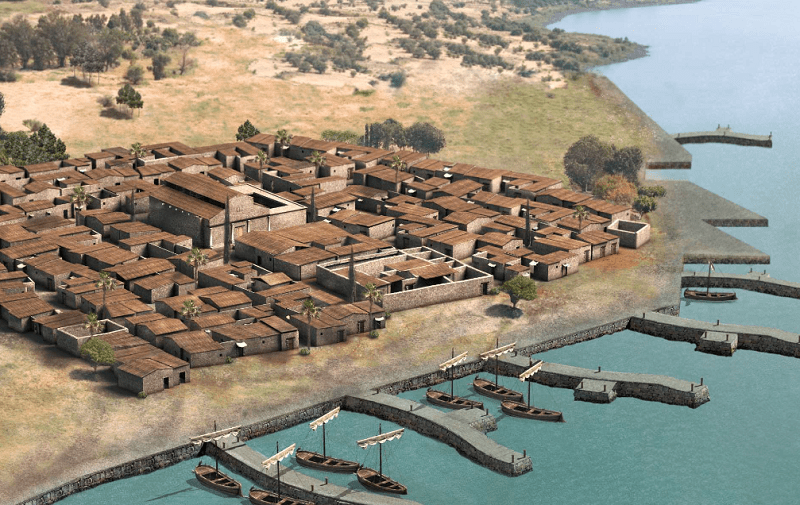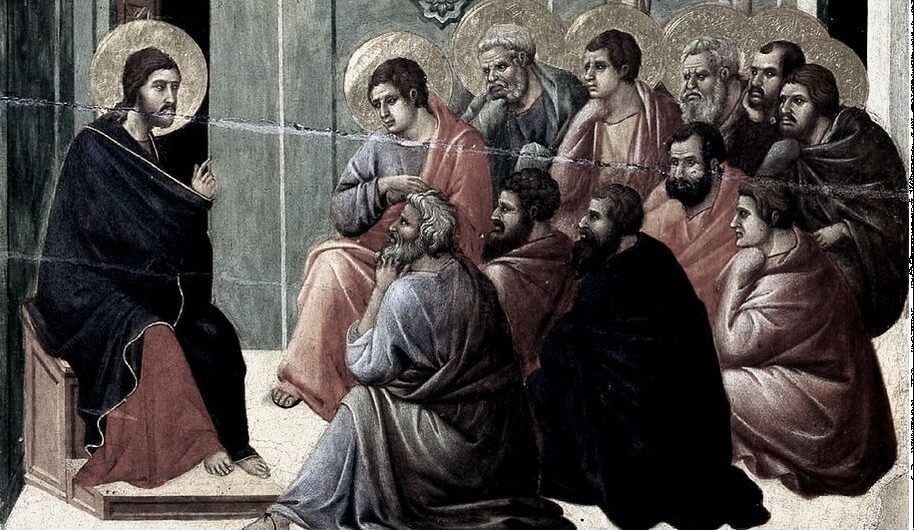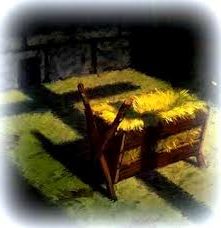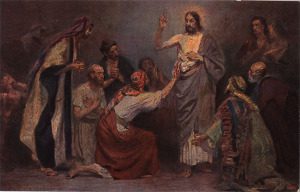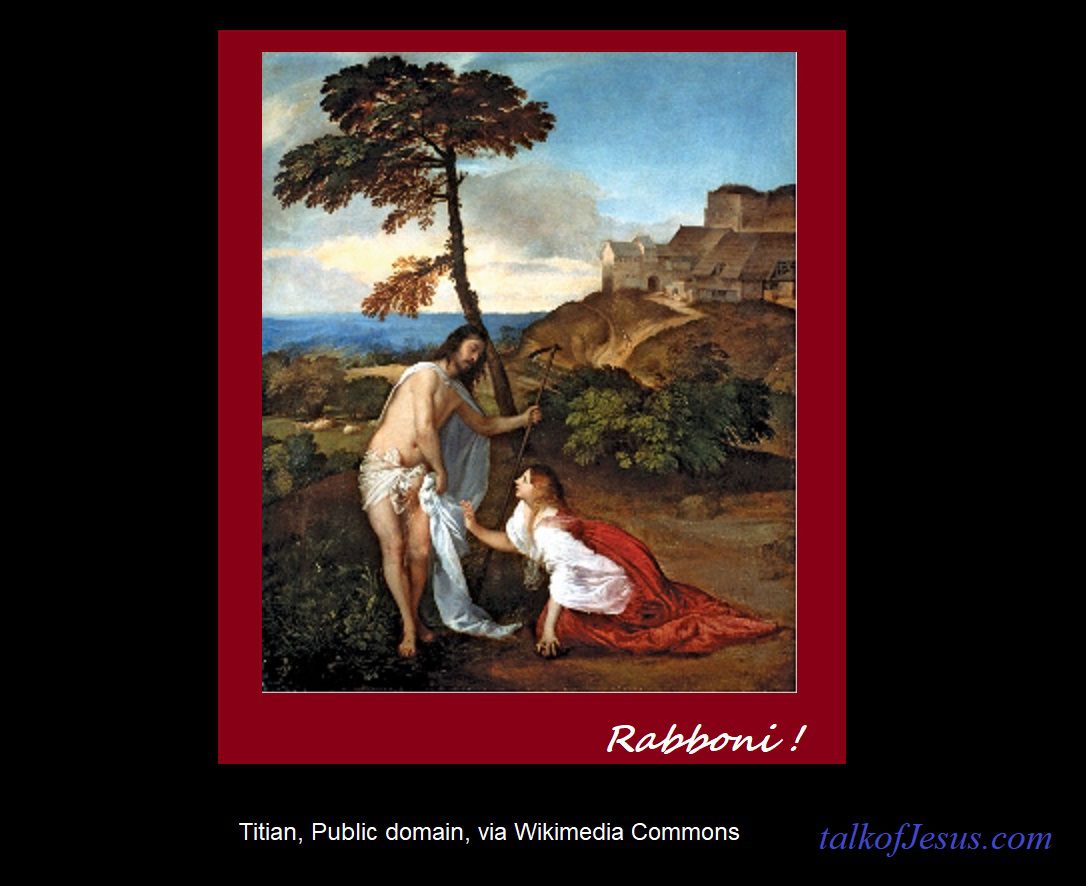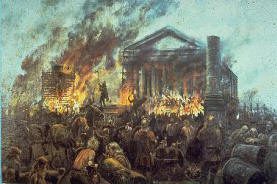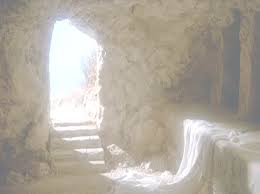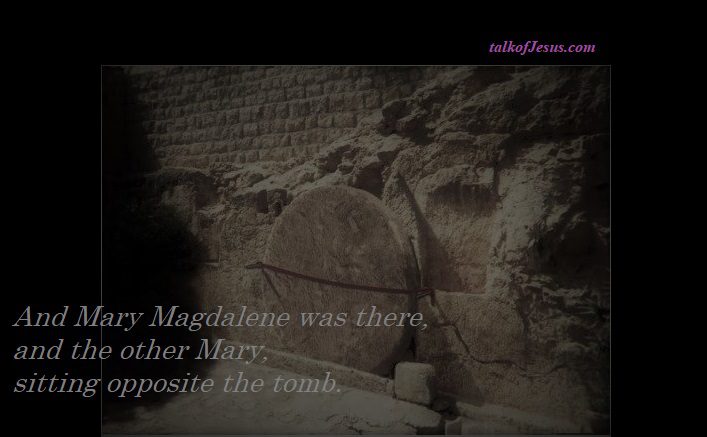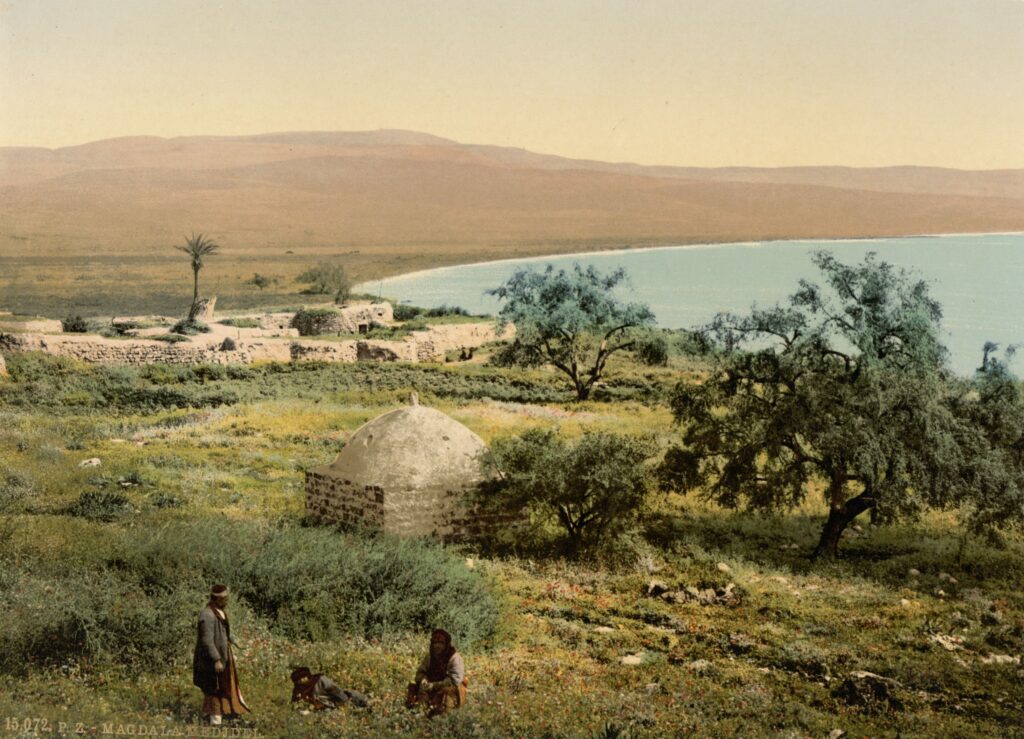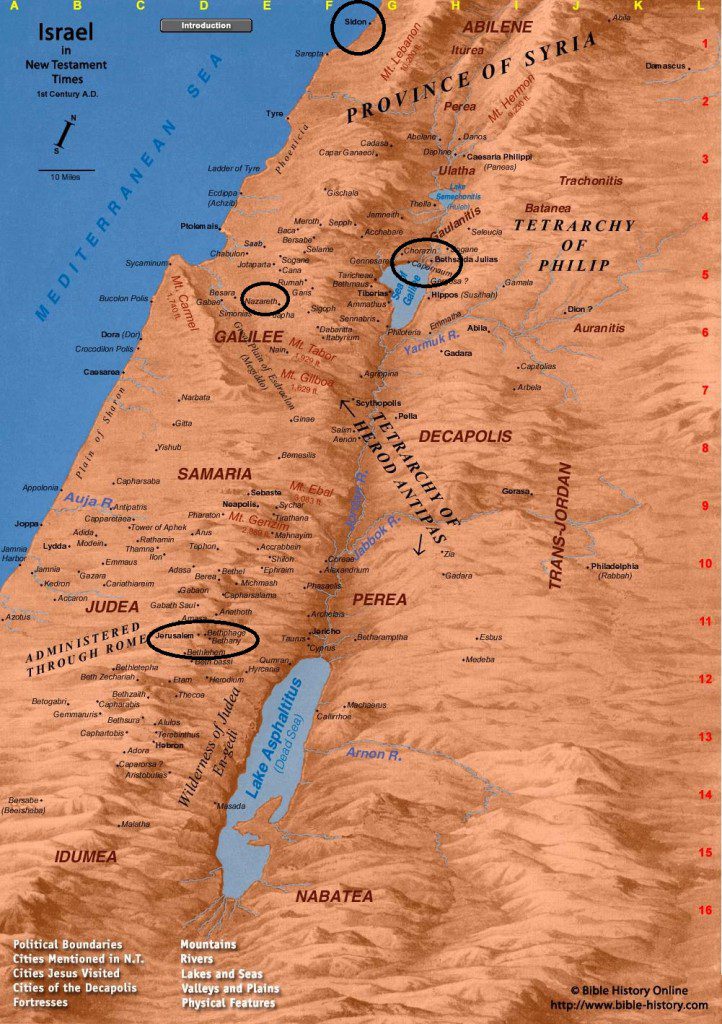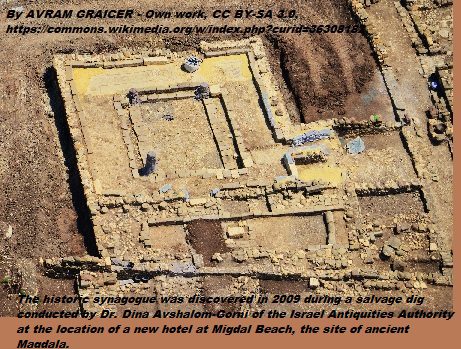The Gospel of John
We have nearly reached the conclusion of John’s Good News. Earlier we met ten Disciples in a room where the Risen Christ appeared!
Witnesses to Jesus Risen! – the Eleven
20:26 A week later his disciples were indoors again, and Thomas was with them. Even though the doors were locked, Jesus came and stood among them and said, “Peace be with you.”
Reminder to 21st. Century Readers of John’s Gospel:
As I mentioned before, Christians to whom John writes understand events which have taken place after Jesus’ ascension, yet before John’s death.
(We will add some of these following the next event of John’s Good News.)
- Jesus was crucified around the year AD 30
- John writes his Gospel to the churches after AD 85 [~AD 90-100]
John 21:
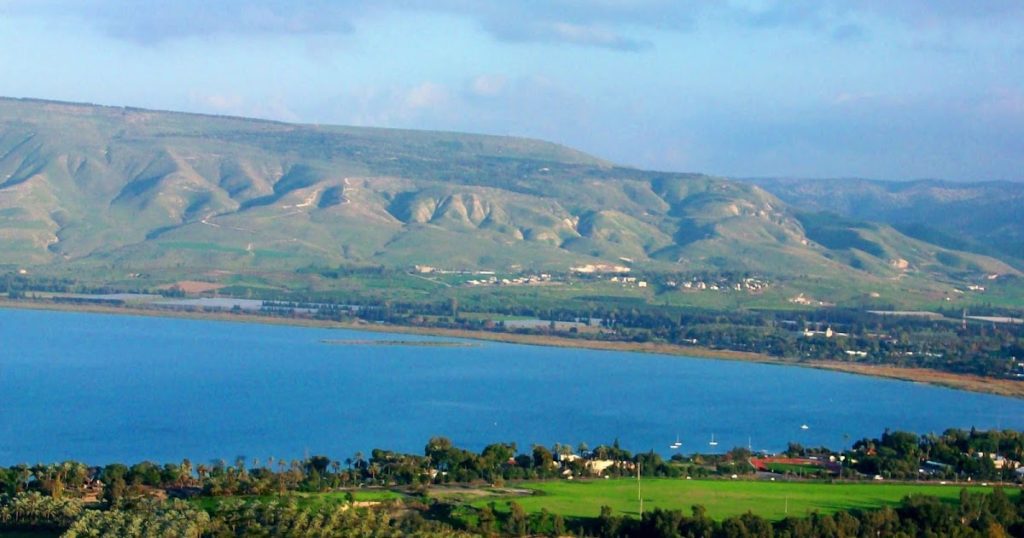
After these things Jesus revealed Himself again to the disciples at the Sea of Tiberias, and He revealed Himself in this way:
Simon Peter said to them, “I am going fishing.”
They said to him, “We are also coming with you.” They went out and got into the boat; and that night they caught nothing.
Fishing in Galilee
Of course these Galilean Disciples of Jesus would travel from Jerusalem north to their homes along the Sea of Tiberias (Galilee). John recalls which Apostles were present.
- Simon Peter
- Thomas called Didymus (He will not miss seeing Jesus this time.)
- Nathanael of Cana
- James, John’s older brother
- John, author of this Gospel
- Two others of Jesus’ disciples
They would have launched their two or three fishing boats from docks by Capernaum and proceeded out to sea at night, returning to port near daybreak and seeing a man on shore as they approached.
4 But when the morning was now come, Jesus stood on the shore: but the disciples knew not that it was Jesus.
He called out to them, “Children, do you have any fish?” They answered him, “No.”
John 21:5 – from NIV & ESV
Children, you do not understand
Our 21st century ears do not hear the Master’s call to His beloved servants in this way. In fact, 1st century men and women tended to be more willing to hear a fellow Jew (especially their Rabbi) or even a Roman responsible for their local Galilean town of Capernaum as humble servants.
παιδίον – pi-de’-on
Child – From dimin. of παῖς (G3816) can mean not only a child, boy or girl but a slave, an attendant, servant, and specifically a king’s attendant, one who ministers to the King.
προσφάγιον – pros-fä’-ge-on
From the King James Version: “Children, have ye any meat?”
Strong's G4371
But once again our overfed 21st century bodies don’t quite understand what Jesus asks if they have anything eaten with bread and spoken of fish boiled or broiled.
These children of the Shepherd Christ Jesus return from a night of work, fishing — and they have caught no fish. In effect their Lord and Master, Provider of all things to His servants asks these dear ‘children’ in His care, “Are you hungry?”
John in recalling the incident adds, ‘yet the disciples did not know that it was Jesus.’
Obeying His command
Yes, these seven men probably were hungry after an unsuccessful night of fishing. Yet hearing His command from the shore they obeyed Jesus.
6 He said to them, “Throw in your net to starboard and you will catch some.”
So they threw in their net, and there were so many fish in it that they couldn’t haul it aboard.
It was then, John tells us, that he recognized Jesus.
“It is the Lord!”
So when Simon Peter heard that it was the Lord, he put on his outer garment (for he was stripped for work), and threw himself into the sea. Since they were not far from land (about a hundred yards away), the other disciples came in the [smaller] boat, dragging the net full of fish.
Once again in a third appearance to seven disciples, Jesus demonstrates that He IS both God and a risen ‘Son of Man.’
John tells his experience as his small boat pulling nets full of fish comes near to the beach along the shore.
9 When they stepped ashore, they saw a fire of burning coals with a fish on it, and some bread.
10 Yeshua said to them, “Bring some of the fish you have just caught.”
(Peter and the men have now been pulling the full nets ashore…)
12 Yeshua said to them, “Come and have breakfast.”
None of the talmidim (disciples of a Rabbi) dared to ask him, “Who are you?” They knew it was the Lord.
Pause.. to ‘fast forward’
We’ll now leave Jesus and the seven Disciples sharing bread and fish with the Lord and (in 21st c. parlance) fast forward to events known to many readers of John’s Good News, but possibly not known to most Christians in the 21st c. digital age.
(Yes, it’s a ‘pop quiz’ – 5 questions.) How do you think you’ll do?
Page TWO - Please click Page 2 below for the questions.
